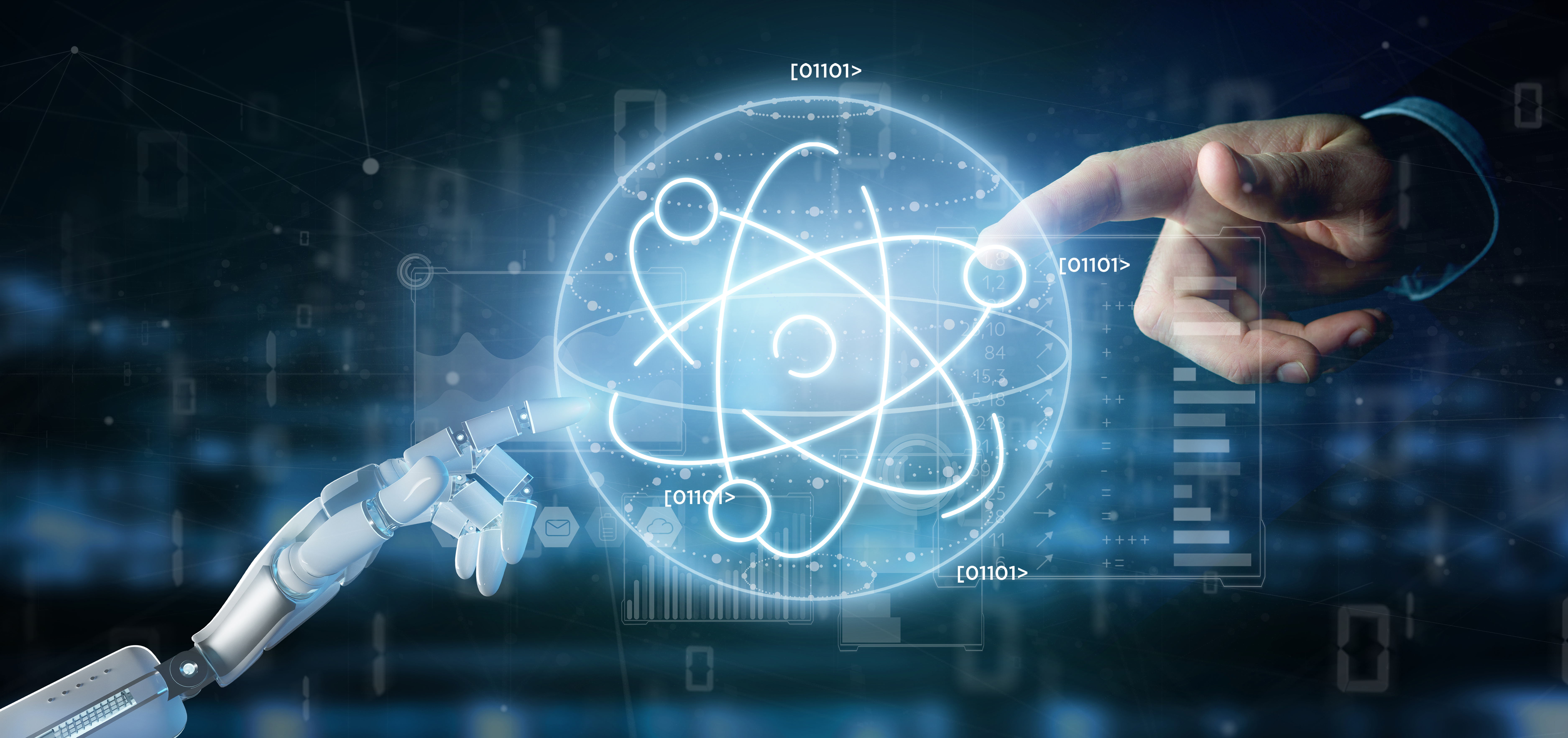Abstract
Innovation and evolution are critical elements for surety in nuclear security. New threats require innovative approaches to mitigation efforts and emerging technologies are a crucial part of nuclear security infrastructure. But embracing new tools comes with new considerations and risks. Responsible nuclear security practitioners must ask: what happens when the tools for protection begin working against those they are meant to protect? Such is the concern with artificial intelligence (AI) and machine learning (ML) for nuclear security. Bias remains a pervasive issue that those in the nuclear security field grapple with. Practitioners in the AI/ML fields face similar ethical quandaries and challenges – with bias being reflected in data, learning trends, and system outputs. These potential implications of bias in AI/ML and nuclear security can pose some benefits and serious concerns for new technology integration into existing systems without due caution. Biased people produce biased products: racial, gender, accessibility, and heteronormativity biases are just a few examples of ways that system designs can unintentionally prejudice a technological system against a particular group of people.
Without sufficient safeguards in place, AI/ML systems can reproduce and exacerbate biases in the nuclear security field at every level – from hiring to firing. This paper will examine the issue of bias in nuclear security and new technological systems as separate issues, then explore the potential overlaps to understand how bias can affect implementation of AI/ML technologies in the nuclear security field. In examining the potential risks of bias in implementation of AI/ML being used in nuclear security, potential areas in need of safeguarding will be identified as well as best practices for responsible implementation. Change is inevitable, and embracing new solutions is essential for addressing evolving threats – but new solutions cannot reproduce past mistakes. Mitigating bias in nuclear security is an ongoing process and considering the implications for emerging technologies is only one step towards achieving comprehensive and sustainable solutions.
Introduction
Artificial intelligence (AI) and machine learning (ML) methods have ushered in a technological renaissance when it comes to enhancing security protection measures. AI/ML provides useful tools for generating models from datasets or logic-based algorithms that imitate or even improve human decision-making and performance. A myriad of areas and fields have already seen the benefits of AI technology – from clinical research, finance, transportation, epidemiology, nutrition, medical imaging, and war fighting.1IAEA “CHAPTER 11. NUCLEAR SECURITY” in Artificial Intelligence for Accelerating Nuclear Applications, Science and Technology (Vienna: IAEA, 2022) https://www-pub.iaea.org/MTCD/Publications/PDF/ART-INTweb.pdf ; Jill Hruby and M. Nina Miller, “Assessing and Managing the Benefits and Risks of Artificial Intelligence in Nuclear-Weapons Systems,” Nuclear Threat Initiative (August 2021) https://www.nti.org/analysis/articles/assessing-and-managing-the-benefits-and-risks-of-artificial- intelligence-in-nuclear-weapon-systems/ Applications of AI methods to nuclear technologies have also seen the optimization of agricultural production, food product development, supply chain management, and safety and authenticity control.2Ibid AI in recruitment has also become increasingly commonplace, with bots and algorithms being used to review application materials, conduct asynchronous virtual interviews, background and reference checks for prospective applicants. In the field of nuclear security, potential applications of AI include the analysis of spectroscopic and geospatial data to improve detection of nuclear material outside of regulatory control, improvements to nuclear material accounting and control systems, and the possibility of identifying threats – both internal and external – at nuclear facilities.3Ibid. AI can also improve nuclear power by combining digital data simulations of real nuclear facilities with AI systems, optimize complex procedures and improve reactor design, performance, and safety. AI applications in safeguards can also help nuclear inspectors examine satellite imagery, environmental sampling, gamma ray spectroscopy, and video surveillance. See Artem Vlasov and Matteo Barbarino, “Seven Ways AI Will Change Nuclear Science and Technology,” International Atomic Energy Agency (September 22, 2022) https://www.iaea.org/newscenter/news/seven-ways-ai-will-change-nuclear-science-and- technology for more information.
Many in the nuclear field are embracing AI and seek to harness its cutting-edge techniques to accelerate seemingly visionary technological development and improved security detection methods. However, despite the efficient and enhanced security measures AI might offer, these technologies can also exacerbate existing ethical concerns in the nuclear field.
AI/ML technologies introduce a host of risks and uncertainty as human operators might not fully recognize potential vulnerabilities or become too reliant upon AI results. When technologies have the potential to be deployed widely, there is a critical necessity to understand their limitations. When it comes to AI in nuclear security, practitioners must move forward cautiously to mitigate risks and avoid compounding present inequalities. Given the historic marginalization of minority communities in the nuclear security field, exacerbating these exclusionary trends must be avoided at all costs.4Sneha Nair, “Converging Goals: Examining the Intersection Between Diversity, Equity, and Inclusion and Nuclear Security Implementation,” in Nuclear Threat Initiative’s 16th Global Dialogue on Nuclear Security Priorities (April 2023).
One major area where experts must converge is the analysis of bias in AI, in order to avoid inserting social and cognitive biases into AI machines. The paper will proceed to define AI, ML, and bias, provide examples of bias in AI performance, address its implications in nuclear security, and offer best practices moving forward as operators work to implement new technologies.
Notes
- 1IAEA “CHAPTER 11. NUCLEAR SECURITY” in Artificial Intelligence for Accelerating Nuclear Applications, Science and Technology (Vienna: IAEA, 2022) https://www-pub.iaea.org/MTCD/Publications/PDF/ART-INTweb.pdf ; Jill Hruby and M. Nina Miller, “Assessing and Managing the Benefits and Risks of Artificial Intelligence in Nuclear-Weapons Systems,” Nuclear Threat Initiative (August 2021) https://www.nti.org/analysis/articles/assessing-and-managing-the-benefits-and-risks-of-artificial- intelligence-in-nuclear-weapon-systems/
- 2Ibid
- 3Ibid. AI can also improve nuclear power by combining digital data simulations of real nuclear facilities with AI systems, optimize complex procedures and improve reactor design, performance, and safety. AI applications in safeguards can also help nuclear inspectors examine satellite imagery, environmental sampling, gamma ray spectroscopy, and video surveillance. See Artem Vlasov and Matteo Barbarino, “Seven Ways AI Will Change Nuclear Science and Technology,” International Atomic Energy Agency (September 22, 2022) https://www.iaea.org/newscenter/news/seven-ways-ai-will-change-nuclear-science-and- technology for more information.
- 4Sneha Nair, “Converging Goals: Examining the Intersection Between Diversity, Equity, and Inclusion and Nuclear Security Implementation,” in Nuclear Threat Initiative’s 16th Global Dialogue on Nuclear Security Priorities (April 2023).



